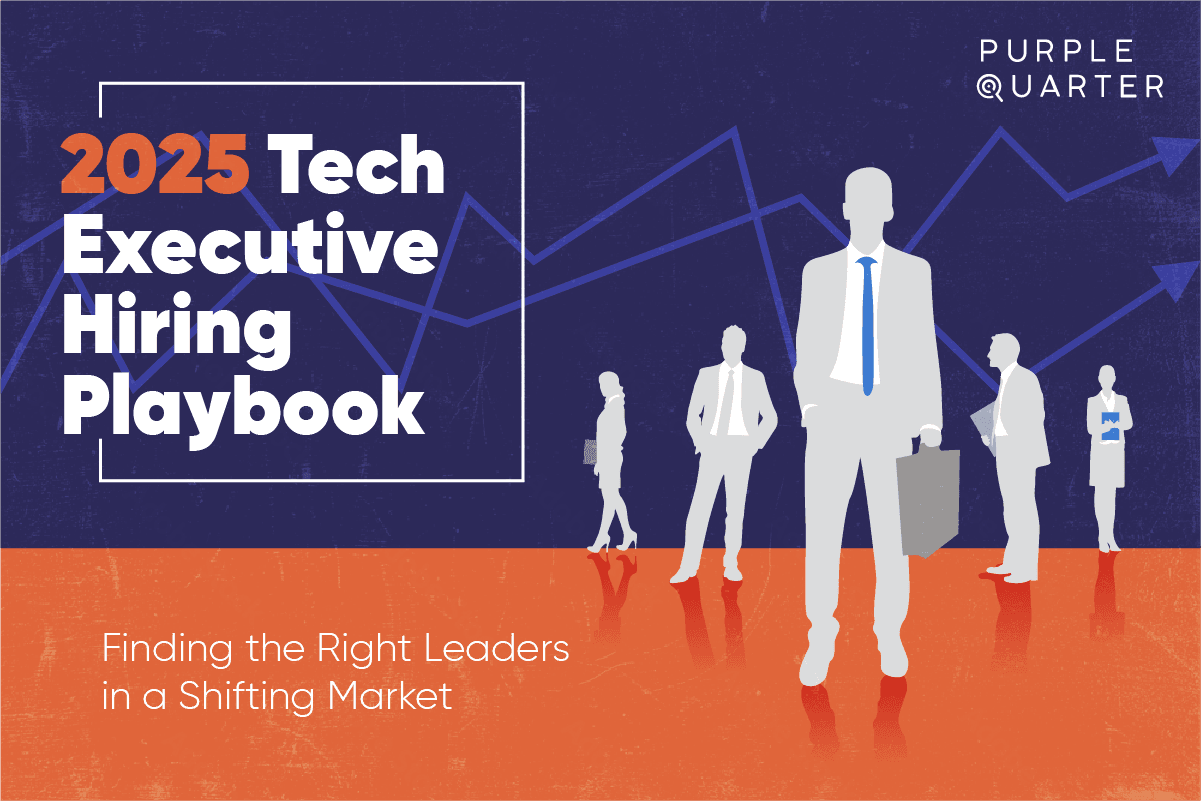
The Macro Landscape Shaping Tech Executive Hiring
The era of easy capital and breakneck expansion is fading. It is 2025 and businesses are shifting gears—from hyper-growth at all costs to sustainable, strategic scaling. This shift isn’t just reshaping business models; it’s redefining what companies expect from their tech executives. Leaders who once thrived in rapid expansion now need to navigate financial constraints, optimize resources, and drive profitability.
Meanwhile, advancements in quantum computing, Web3, and AI-first solutions are pushing companies to seek executives who understand AI-driven decision-making and can integrate automation into business operations.
Additionally, governments worldwide are tightening regulations on data privacy, AI ethics, and cybersecurity – making compliance-first leadership a priority for businesses navigating complex regulatory landscapes. The resurgence of cryptocurrency is further reshaping the political and financial landscape. With increased institutional adoption, evolving regulations, and geopolitical shifts influencing digital asset policies, the demand for tech leaders with deep expertise in blockchain, decentralized finance (DeFi), and regulatory compliance is surging.
The playbook for hiring tech leadership is being rewritten—are you ready for what’s next?

Key Hiring Trends for Tech Executives in 2025
1. The Rise of Hybrid Tech Leaders
Traditional tech roles are merging with business leadership functions. In 2025, companies actively seek hybrid leaders who understand technology and product strategy.
- The CTO-CPO Hybrid: Organizations want tech executives who can own both product development and technical execution, making the CTPO role increasingly popular.
- The Chief AI Officer: AI-driven companies are appointing dedicated AI leaders who focus on strategy, ethics, and implementation of AI solutions at scale.
2. Shift from Traditional Hiring to Behavioral & Capability-Based Assessments
Businesses are moving away from evaluating executives solely based on past experiences and resumes. Instead, there is a growing reliance on behavioral assessments and data-driven evaluation models.
- Psychometric Testing: Companies are using in-depth psychological assessments to evaluate leadership style, adaptability, and decision-making abilities.
- AI-Powered Hiring Tools: Advanced AI algorithms help recruiters analyze candidates’ problem-solving approaches, leadership dynamics, and culture fit beyond just technical skills.
3. Tech Executives as Growth Catalysts
Tech executives are no longer just responsible for software delivery; they are becoming key players in business growth.
- Board-Level Influence: Tech leaders are taking on more strategic roles, often influencing company-wide decisions beyond engineering.
- Revenue Impact: Companies are increasingly hiring CTOs and tech leaders based on their ability to drive revenue and business transformation, not just technical proficiency.
4. The Remote vs. On-Site Leadership Debate
While remote work was normalized post-pandemic, 2025 is seeing a shift in expectations for tech executives.
- Declining Fully Remote Leadership Roles: More companies are pushing for in-office leadership to foster collaboration and innovation.
- Hybrid Team Management: As companies expand their engineering capabilities remotely, tech executives are expected to effectively manage distributed teams, ensure seamless collaboration, and maintain operational efficiency across time zones and geographies.
5. Compensation Trends & The Shift in Equity Structures
Tech executive compensation is shifting from high fixed salaries to more performance-driven incentives.
- Variable Pay: Companies are structuring executive pay with more performance-linked bonuses and long-term incentives.
- Equity-Based Compensation: Startups and enterprises alike are restructuring equity distribution to attract and retain top leadership talent by aligning their success with business growth.
Smart Hiring is the New Power Move
Traditional Hiring is Dead. What’s Next?Conventional hiring methods, relying on industry connections and static job descriptions, are no longer sufficient. Companies need a more dynamic and strategic approach to finding the right talent.
Future-Proofing Leadership Hiring Strategy
To secure the right tech leadership in 2025 and beyond, companies must:
- Adopt data-driven hiring strategies that go beyond traditional resumes.
- Invest in leadership development programs to groom internal talent for executive roles.
- Leverage executive search partners with deep insights into the evolving tech landscape.
The hiring landscape for tech executives in 2025 is shifting towards a more strategic, data-driven, and results-oriented approach. Businesses must recognize the importance of hiring leaders who are not just tech experts but also visionaries capable of driving growth, navigating global trends, and ensuring long-term business success.
As the industry evolves, partnering with specialized tech executive search firms can be a game-changer. Companies that adapt to these hiring trends will not only secure the best leadership talent but also position themselves for sustainable innovation and competitive advantage in the years ahead.


